Cokin Filter System | home I Cokin Users Guide | Double Mask | Double Exposure | Creative Project Ideas | Questions
Multiple Exposure Effects
Multi-rainbow effect / triple exposure
This can be done with an unusual multiple exposure technique which uses three filters to produce the sort of effects which are not seen every day. This requires the following Cokin filters: Red (No. 003), blue 80A (No. 020) and green (No. 004).
A triple exposure is made from a camera on a tripod using a different filter each time. All static elements within the picture will come out more or less normally. But where movement has taken place between the exposures the objects affected take on colors because they were photographed in different positions with only one or two filters. A seascape can appear normally colored as far as the rocks and beach are concerned, but the waves cause the water to glisten in rainbow colors, at least in those areas
where it-is in motion. All three basic colors are visible, both singly and in all their combinations. The only important point with this technique is that the exposure time should be estimated beforehand and then divided by three. Alternatively, set the film speed to three times the ISO rating and use the resulting exposure time as a basic value.
Check out the photo album's of Lionel Armstrong for more triple exposure photos and how he does them
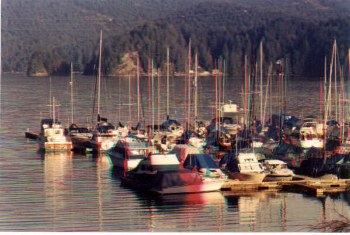
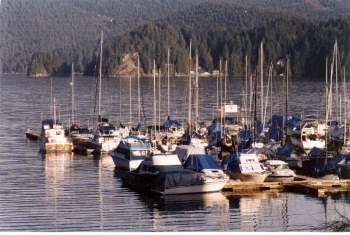
The tri-color was done like this: Exp#1: P003 + P024 Exp#2: P004 + P024 Exp#3: Lee #47B (in gel filter holder) + P024 * The P024 on all three exposures is to correct for the warm cast when the tri-color method is used. I could have used a P025 to correct a bit more closely, but I do not have one yet
"Sometimes with this technique the effect is very strong, other times it is subtle. It depends on the amount of
movement in the image." Lionel Armstrong
The portraits below were made with the Cokin Multi-image 5 (201) and the Double Mask 2 (342). The first shot was taken with the Multi-Image filter (201). The central image is masked by the Double Mask (342).
The outer frame of the Double Mask replaced the central mask for the shot of the center section.
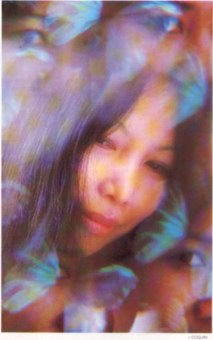
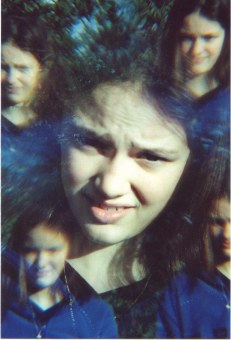
Photo by J Coquin J Dees
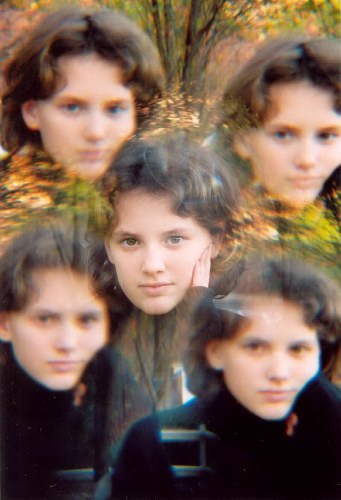
Do not stop down very much, this is to avoid the ring around the center from becoming very sharp. However take both exposures at the same F stop because the size and the sharpness of the center image vary according to the lens and F stop used
All photos shown on this site are the ownership of the Photographer and are not to be distributed in any way which may violate his/her copyright without permission from the copyright holder.